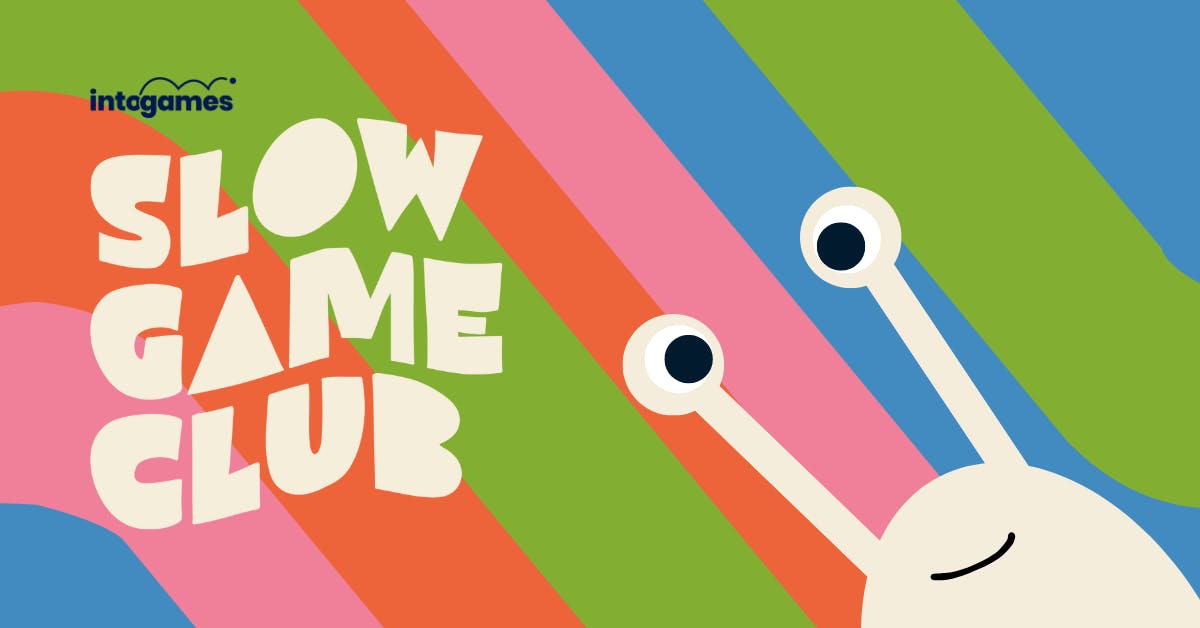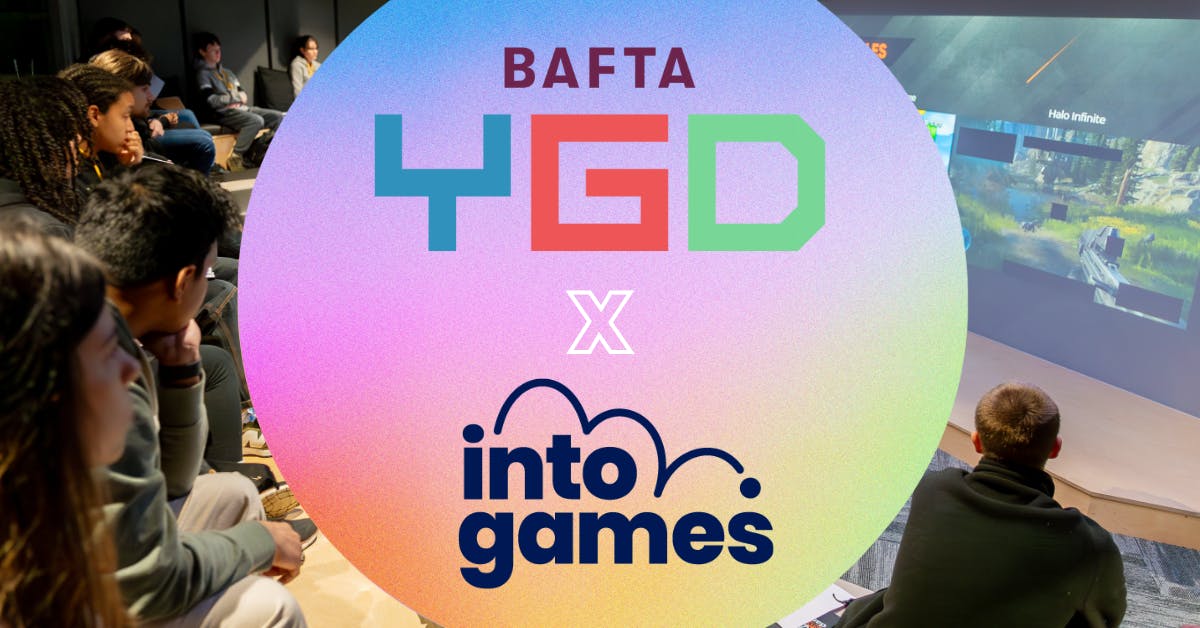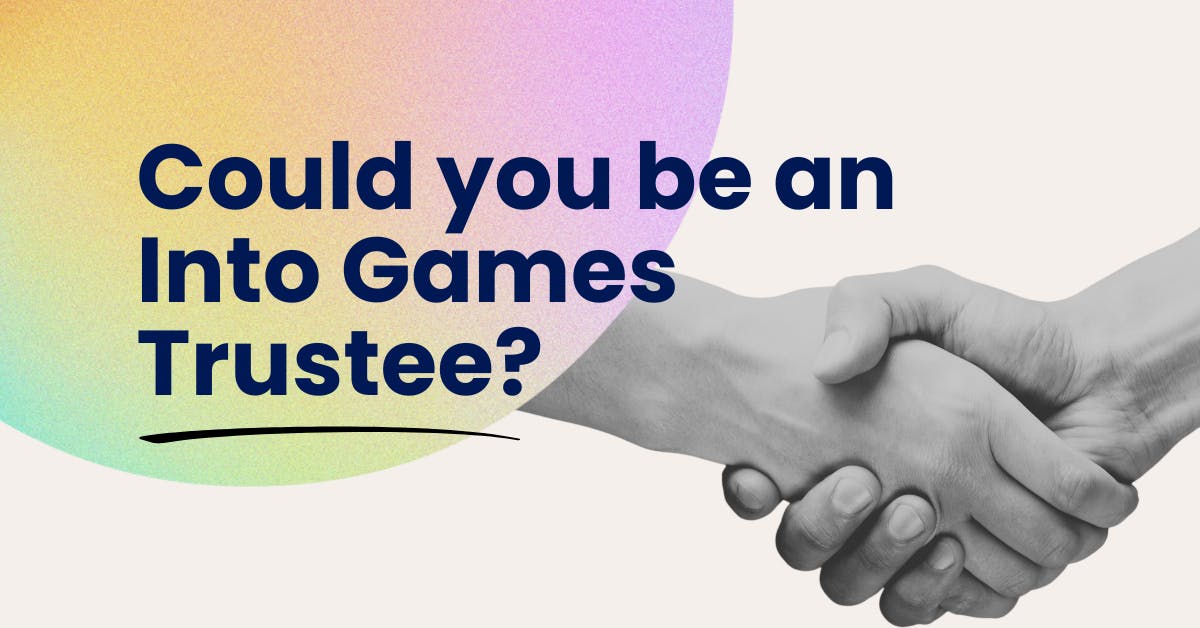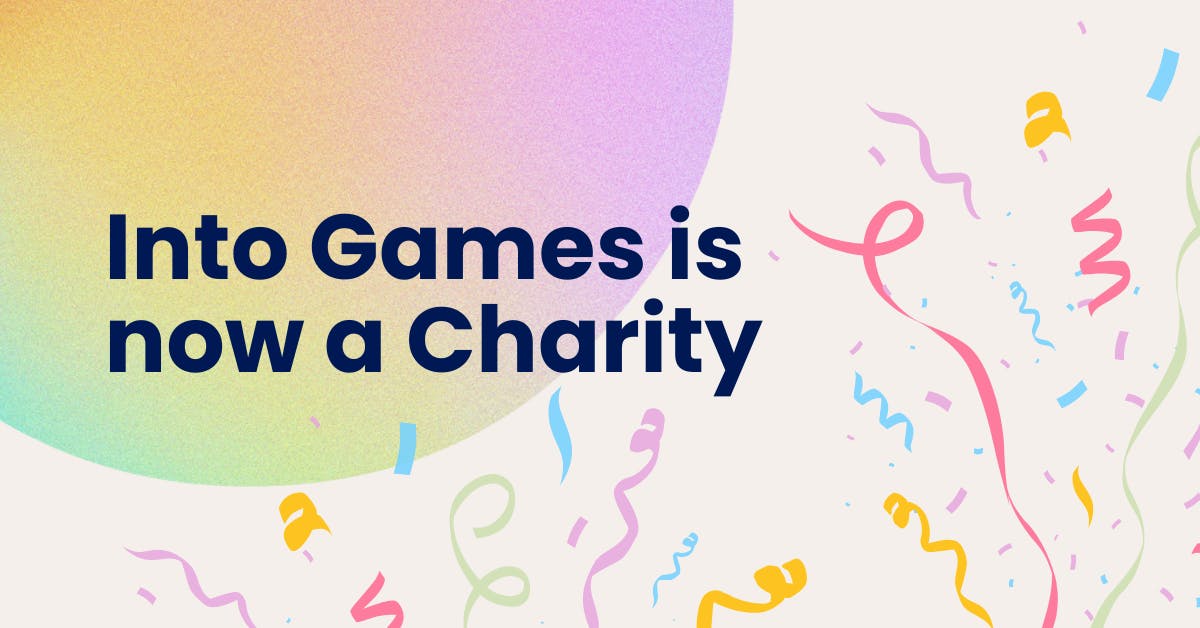
15 July 2020
You Are a Games Designer: Part III
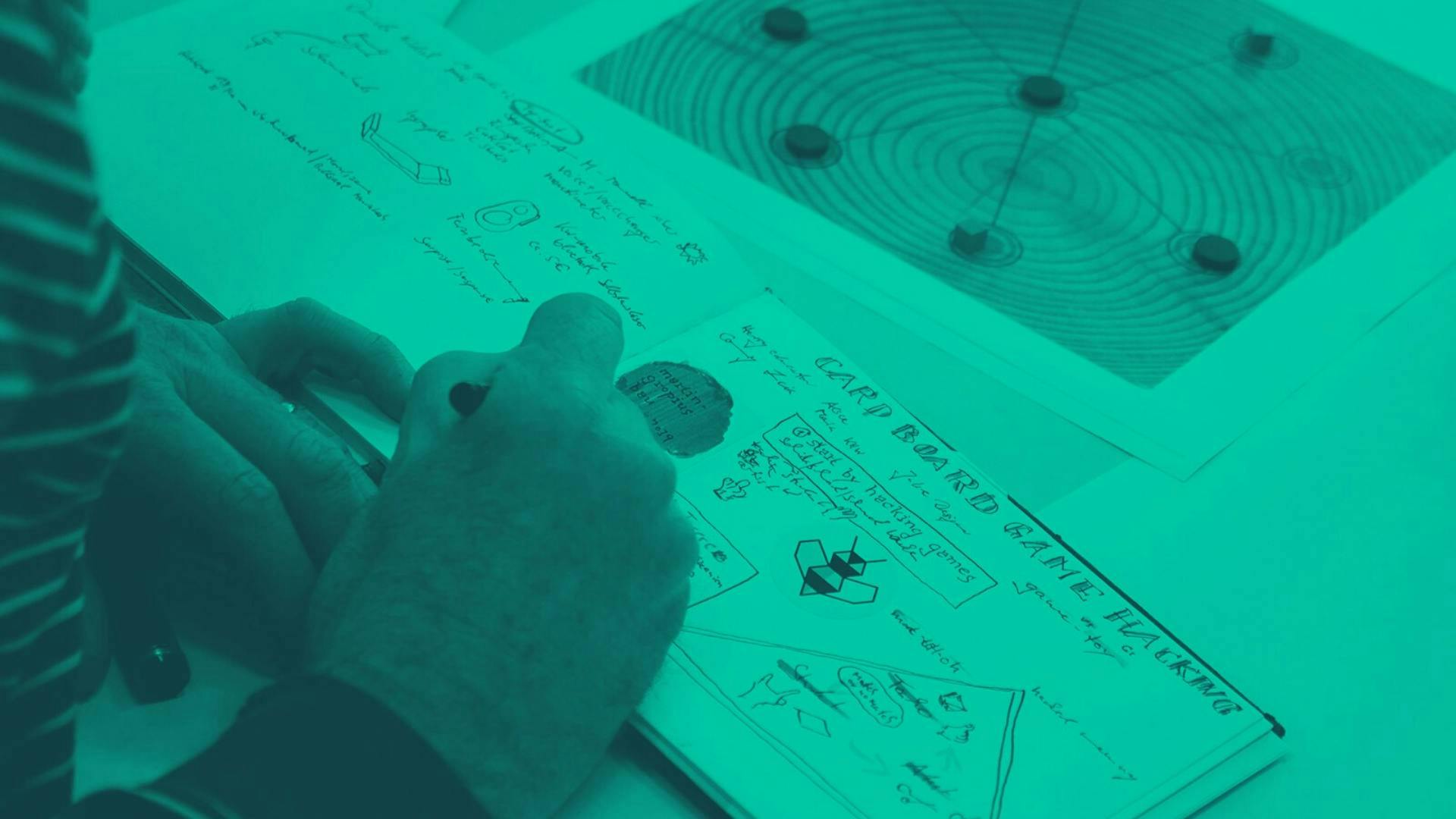
If you haven't completed part 2 of this workshop series please click here.

Now you have unpicked a game and you should have a few ideas about how you’d like to hack it with your own interests and your own messages. How can you turn those ideas into something playable?
You may be thinking “Isn’t making a game a very complicated and long-winded process? I don’t have time for that”.
You’re right, making a (video)game from scratch could take quite a long time. But making a new board game by hacking an old one can be done in less than one hour! Guaranteed.
Because you’re taking off from a game that already works, you can start by making tiny hacks, confident that the game will very likely still hold together. Then, one tiny hack after another, you’ll have taken your game so far from the original that it may not even be recognisable. And ta-da, you have a new game!
Playtest ASAP
Many people ask me “what’s your method to hack a game?”. I have no secret recipe to offer you. But I have a principle that I learned from making games over the years: you must test your plaything ASAP. The sooner you get other people to try it, the quicker you’ll evolve your idea into something playable and meaningful for other humans! That is the principle.
In this lesson we will put that into practice. By following the PASAP principle, not only will you get to satisfying results quicker, you’ll also realise that a lot of what we call game design happens when you’re playtesting your ideas with other people. It’s social, and it can be a lot of fun! No squeezing your creative brains in solitude.
Is there a catch? Yes, sort of. PASAP means deciding what the nub of your game is, putting together the quickest and ugliest playable version of that, called a PROTOTYPE, then getting people to play it. You may not feel comfortable sharing something that is not quite finished, something that has still lots of question marks hanging around.
😰 “What if people don’t understand how to play it, or simply don’t like it?” I still feel quite nervous when I playtest game prototypes. But I learned it’s worth it, and I’m going to share some tricks to help you put that discomfort aside, and to help you involve other people in this fun process of growing your seed of an idea into a game.
Let’s get all the ingredients!
Before we start hacking together your plaything, here is a list of (craft) materials for you to get. You don’t have to buy them. Instead, see what you can find around you:
- PAPER You may want a few large sheets to draw your game board, and maybe paper in different colours too.
If you don’t have blank paper, see if you can recycle some from old newspapers, magazines, or packaging.
If you can get hold of some cardboard, that could be useful too, as it’s thicker than paper. - COLOURS These could be coloured markers, pens, or anything that allows you to write and draw on paper.
- LITTLE OBJECTS Also known as tokens. These could be beads, dried beans, pieces from other games, or even small bits of paper.
- optional STICKY NOTES to jot down your ideas for the game rules
- optional SCISSORS to cut paper
- optional GLUE / TAPE to piece things together
- optional DICE to generate random numbers, which is quite common in board games. You can either borrow dice from other games, make your own dice using this printable template, or use digital dice.

Let’s prototype!
- You can start by making the smallest hack to your game. See if that even requires you to redraw the board, or change any component of the original game. It may just be a case of tweaking one of those invisible blocks that is a rule.
- As soon as you make a change, you need to test how it plays. You can quickly test your tweaks by playing your new version by yourself or with your co-designers. This is called SOLO-PLAYTESTING. At some point later you’ll test your game with people who’ve never played it before. But for now, you can do that on your own, or with the other people who are making the game with you.
- When you playtest, don’t be afraid to make changes on the fly. At this stage the game is evolving rapidly, and there’s nothing set in stone. It could be a bit of a whirlwind…
- Jot down your notes, and start writing the game rules. You can use this rules worksheet to capture ideas on how to play your game. I like to write down rule ideas on post-its and stick them on the worksheet. As I test, I move post-its around, in and out of the rulesheet. This helps me (and other co-designers) keep track of what rules we’re actually playing by (it could otherwise get very confusing very quickly!).
- Feel like you have something you could get other people to play?

Let’s playtest with other humans!
How are you feeling about your new game?
The truth is, you won’t have a clue how your game works until you’ve observed other humans playing it. Even the most experienced game designers will tell you that. Playtesting is 83% of the game design process.
So let’s playtest your game, shall we? A couple of tips.
⏺ Record everything
Or well, as much as possible.
📱What I found works really well is putting your phone in the middle of the table (make sure you ask for permissions first!) and let it audio-record the whole playtest session. Players will quickly forget that you’re capturing everything they’re saying. And after the game, you’ll be able to revise moments of excitement, boredom or confusion to improve your game.
📝 Taking notes on good ‘ol paper also helps you capture your own thoughts. I prepared two handy worksheets for you to download and use while playtesting your game. TWO worksheets. I told you playtesting is fundamental :)
🔮 Give people roles more than rules
I know I know, we talked a lot about rules. But I learned that people can be turned off when you give them too many. Especially if you tell them all the prohibitive rules, the things they are not allowed to do. Instead, you can give them roles to play with, and let them use their imagination. When I test my game about bees, I usually say something like this: “You are the head of a ruthless beesness. Nobody and nothing will stop you from making honey…” and then I tell players what they can do. I don’t tell them what they cannot do. They will discover that by themselves. So whatever you’re testing, put some effort into “setting the scene”. Let your playtesters get into character and play with what you give them.
🔎 Talk about problems rather than solutions
When playtesters spot or stumble upon a problem with your game, they will offer an explanation of that problem, and most likely it will be wrong. They’ll say things like “It’s because there is no dice in this game” or “Can you make it more like Monopoly?” It’s your role to steer the conversation away from diagnosing what may be wrong with the game, and keep it at the symptoms level. Ask players about their experience, not their suggestions.
Your turn now!
Find some people to test your new game with.
And remember, it’s ok if something is unclear, or if players don’t have fun all the way.
It’s ok to share a “broken” game, and then evolve it through playtesting and prototyping.
What you create doesn’t have to fit in the narrow slice of emotions games have traditionally been shelved in. Sure, you want your game to be captivating, to be understandable by people who play it. But it doesn’t have to be “fun” at all costs. Imagine, not all films are designed to make you laugh, so why should games be “just fun”? You can make a game about loss, or about boredom, or about the struggle to keep healthy in difficult times.
💭 Games are about emotions, and you are creating rules that give people a safe space and a role to play out those emotions!
Go to PART 4: Next Steps!
Stay up to date
It's time to level up your inbox
Pick which newsletters you're interested in receiving, and customise further by specifying a discipline.
Join our mailing listTell me more

